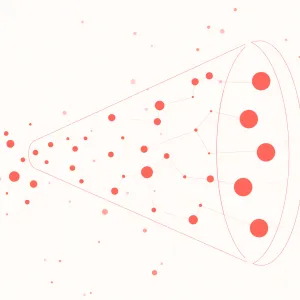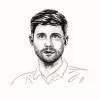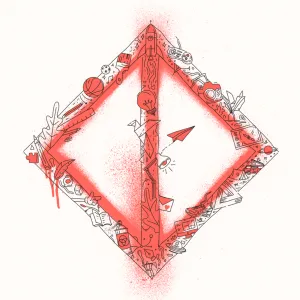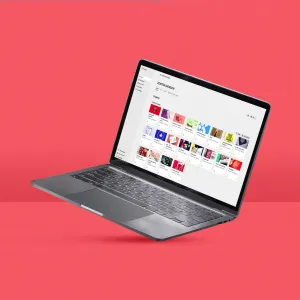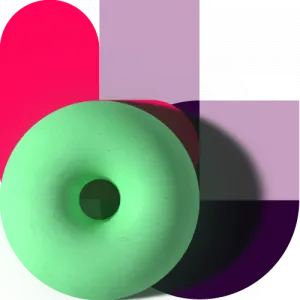Futurology deals with possible, probable and desirable futures from the perspective of the present. The plural makes it clear that "the future" does not actually exist for futurologists. We are moving into a chaotic collective horizon of expectations whose framework conditions are influenced by forces beyond our control. Just think of a timeline. Seen from the present, all the possible and impossible futures lie before us on an equal footing. The dilemma: no one knows which future will happen. That's why we constantly have to make decisions under uncertainty, which in turn have an impact on the course of events. The result is chaos.
Applied futurology helps people, companies and organizations to systematically create plausible futures from this (im)possibility space and make them usable. To this end, a wide variety of signals, trends and perspectives are combined in an analytical and creative way. The results are prototypes of possible futures that show what could be. This knowledge can then be used to formulate desirable target images. We then use all our creative and convincing powers to work towards making them a reality. For example, with a participatory project in which the people in the neighborhood find out how they imagine living together in 20 years and then help shape their neighborhood accordingly. Or with a strategic outlook on the future of our food in 2030 as input for innovation and marketing for a kitchen and furnishing brand.
Regardless of the area of life: Futurology makes futures visible and enables a discourse on desirable, long-term goals and the strategies to achieve them. Through this debate, the future becomes visible, shapeable and designable. And this possibility simply makes ... BAM!
